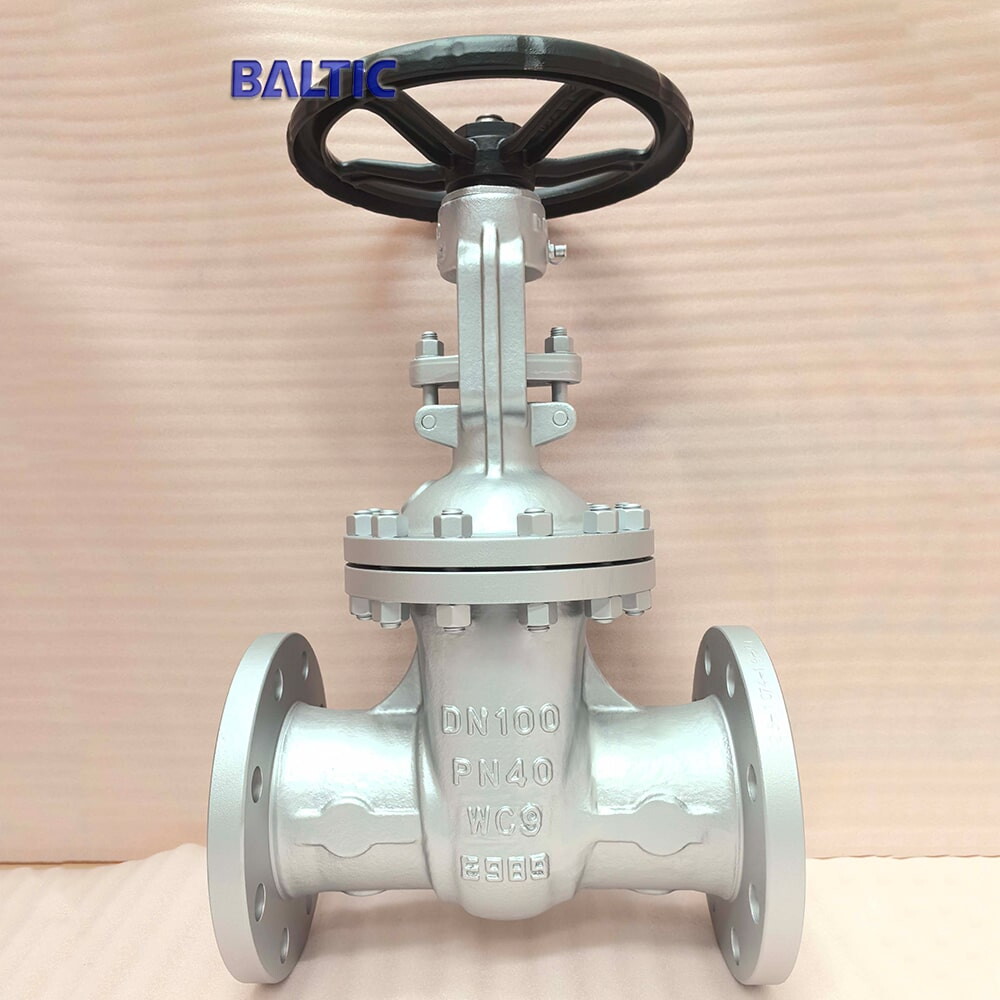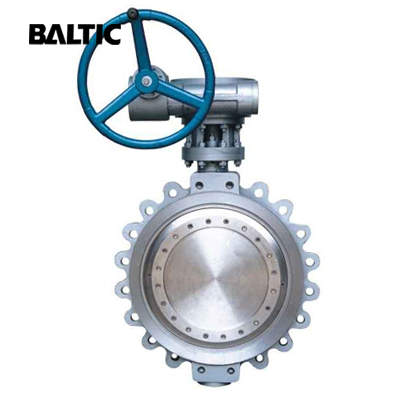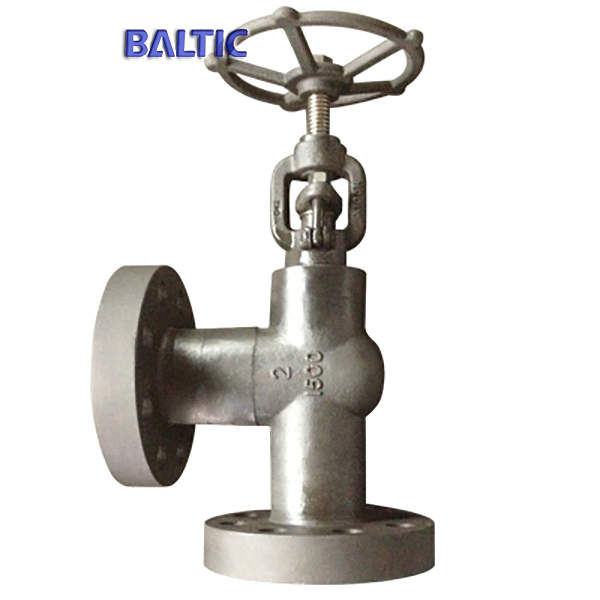Performance Tests of Valves
Motion performance tests of manual valves
Open the valve; increase the pressure of the valve cavity until the pressure reaches the required pressure of the test; close the valve with the specified torque; relief the pressure from one side of the valve clack; generate the pressure differences in the most unfavorable direction of opening the valve; open the valve with the specified torque; repeat the above steps for at least three times so as to check whether the valve can be opened and closed flexibly and normally, and whether the opening and closing location indications are correct or not.
Motion performance tests of check valves
Conduct the opening tests of check valves under the condition with the specified pressure differences for at least three times. The motion performance tests of electric and pneumatic valves are supposed to be conducted according to the technical specification for valves. If there is no technical specification for valves, the tests should be conducted and the rated actuators should finish three complete cyclic loading actions. During the whole process, the valve must be operated stably and flexibly; the valve must be fully opened and closed; the location indication must be correct.
Vacuum sealing tests
The vacuum sealing test is a kind of sealing test method with high sensitivity, and it is usually used after the valve has passed the valve's strength and sealing tests. In order to ensure the accuracy of the test's result, the valve to be tested should have the high degree of cleanliness and have the sealing surface with fine processing. In addition, the valve body and the valve bonnet are usually forged.
The helium mass spectrometer leak detection
Make the valve to be tested reach the specified vacuum degree through the vacuum pump, and add the helium outside the tested part of the valve. If there is the leakage of the valve, the helium will enter the tested part, which will be indicated on the helium mass spectrometer, and the leakage rate can also be calculated according to the data of the helium mass spectrometer.
Micro leakage tests
In recent years, with the strengthening of people's environmental awareness, the world's various institutions have had more stringent requirements on the sealing performance of valves, especially for valves with the strong corrosive, strong radioactive or highly toxic media. The requirement of the valve's micro leakage is one of them. Micro leakage tests of valves are mainly used to detect the micro leakage happening on the flanges and packing of valves, and they belong to the sealing tests of the valve bodies.
Open the valve; increase the pressure of the valve cavity until the pressure reaches the required pressure of the test; close the valve with the specified torque; relief the pressure from one side of the valve clack; generate the pressure differences in the most unfavorable direction of opening the valve; open the valve with the specified torque; repeat the above steps for at least three times so as to check whether the valve can be opened and closed flexibly and normally, and whether the opening and closing location indications are correct or not.
Motion performance tests of check valves
Conduct the opening tests of check valves under the condition with the specified pressure differences for at least three times. The motion performance tests of electric and pneumatic valves are supposed to be conducted according to the technical specification for valves. If there is no technical specification for valves, the tests should be conducted and the rated actuators should finish three complete cyclic loading actions. During the whole process, the valve must be operated stably and flexibly; the valve must be fully opened and closed; the location indication must be correct.
Vacuum sealing tests
The vacuum sealing test is a kind of sealing test method with high sensitivity, and it is usually used after the valve has passed the valve's strength and sealing tests. In order to ensure the accuracy of the test's result, the valve to be tested should have the high degree of cleanliness and have the sealing surface with fine processing. In addition, the valve body and the valve bonnet are usually forged.
The helium mass spectrometer leak detection
Make the valve to be tested reach the specified vacuum degree through the vacuum pump, and add the helium outside the tested part of the valve. If there is the leakage of the valve, the helium will enter the tested part, which will be indicated on the helium mass spectrometer, and the leakage rate can also be calculated according to the data of the helium mass spectrometer.
Micro leakage tests
In recent years, with the strengthening of people's environmental awareness, the world's various institutions have had more stringent requirements on the sealing performance of valves, especially for valves with the strong corrosive, strong radioactive or highly toxic media. The requirement of the valve's micro leakage is one of them. Micro leakage tests of valves are mainly used to detect the micro leakage happening on the flanges and packing of valves, and they belong to the sealing tests of the valve bodies.



